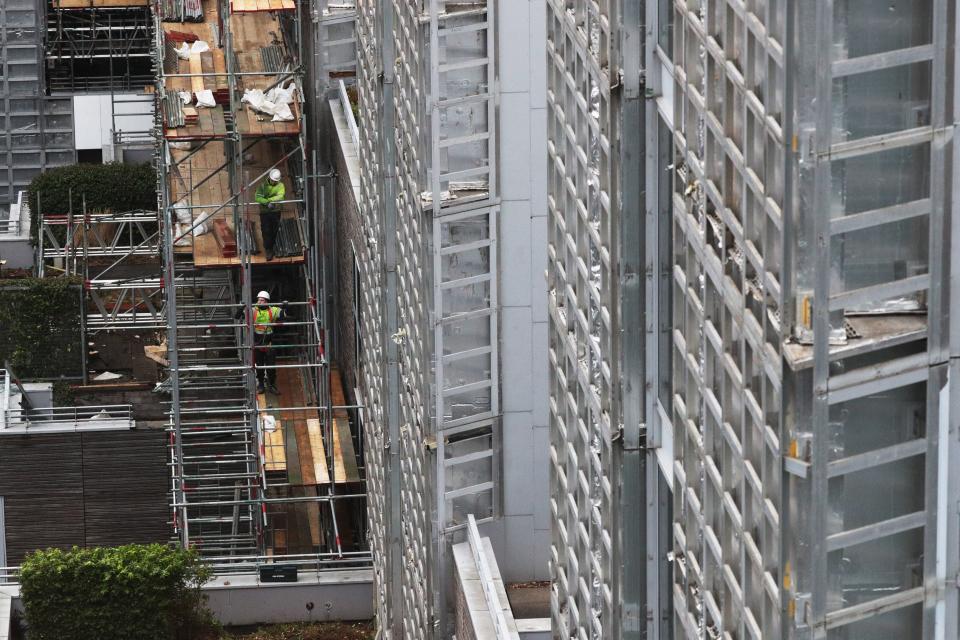Taylor Wimpey has made a good start, but we need practical solutions to the cladding crisis in London flats post-Grenfell

For Cerys Owen in Cardiff, today is a good day.
Some time back, as a leaseholder in a block built by Taylor Wimpey, she and fellow residents were told to expect a £58,500 bill to bring their building up to fire safety standards brought in after the Grenfell Tower tragedy.
Today, TW has said it will foot the bill, 100% - even though it no longer owns the building.
Thousands of residents in London apartments, where TW was never very active, are not so lucky.
They face years of wrangling with often absent building owners and bolshy managing agents, all the while being unable to secure new mortgages or sell their properties.
The big question: who should pay to put right buildings that were legal at the time, but are in breach of new government rules created post-Grenfell?
The builder? The owner? The leaseholder? The government?
TW’s offer, which seems fairly black and white, is to fund all remedies to get its original work compliant where state funding is not available.
There is, however, a condition: it will not pay for refurb work the building’s current owners should have been doing anyway.
In that simple sentence may lie a thousand lawsuits and years of delay.
For, right now, up and down the UK, building owners are arguing with builders about how much work is necessary. Current owners are demanding as much as they can get, and builders as little.
The rules are new, and in a state of flux, and there aren’t enough trained fire engineers to grind out resolutions quickly.
Meanwhile, insurance companies are charging rip-off premiums and residents are having to pay a fortune for 24-hour watchguards.
All for flats that - in the case of low-rises, at least - are mostly way safer than the scare stories suggest.
This mess is going to take years to resolve.
That being the case, the government should offer to backstop insurance policies like it has in the past on terrorism and flood risks, so insurers no longer have an excuse to bilk residents.
Managing agents and building owners should work harder to see if they can do without watchguards if new alarm systems are installed; these can get grant-funded.
And, more controversially, lower level buildings’ safety should be judged on a realistic, case-by-case basis, rather than just the gold standard.
Of course we want to make properties safe, but if the process of getting there is not done in a sensible and measured way, bickering between all sides will hold the process up even further, leaving residents in an even longer limbo.
Read More
Cladding row: ‘Innocent leaseholders must not pay for fire safety defects’

 Yahoo News
Yahoo News 